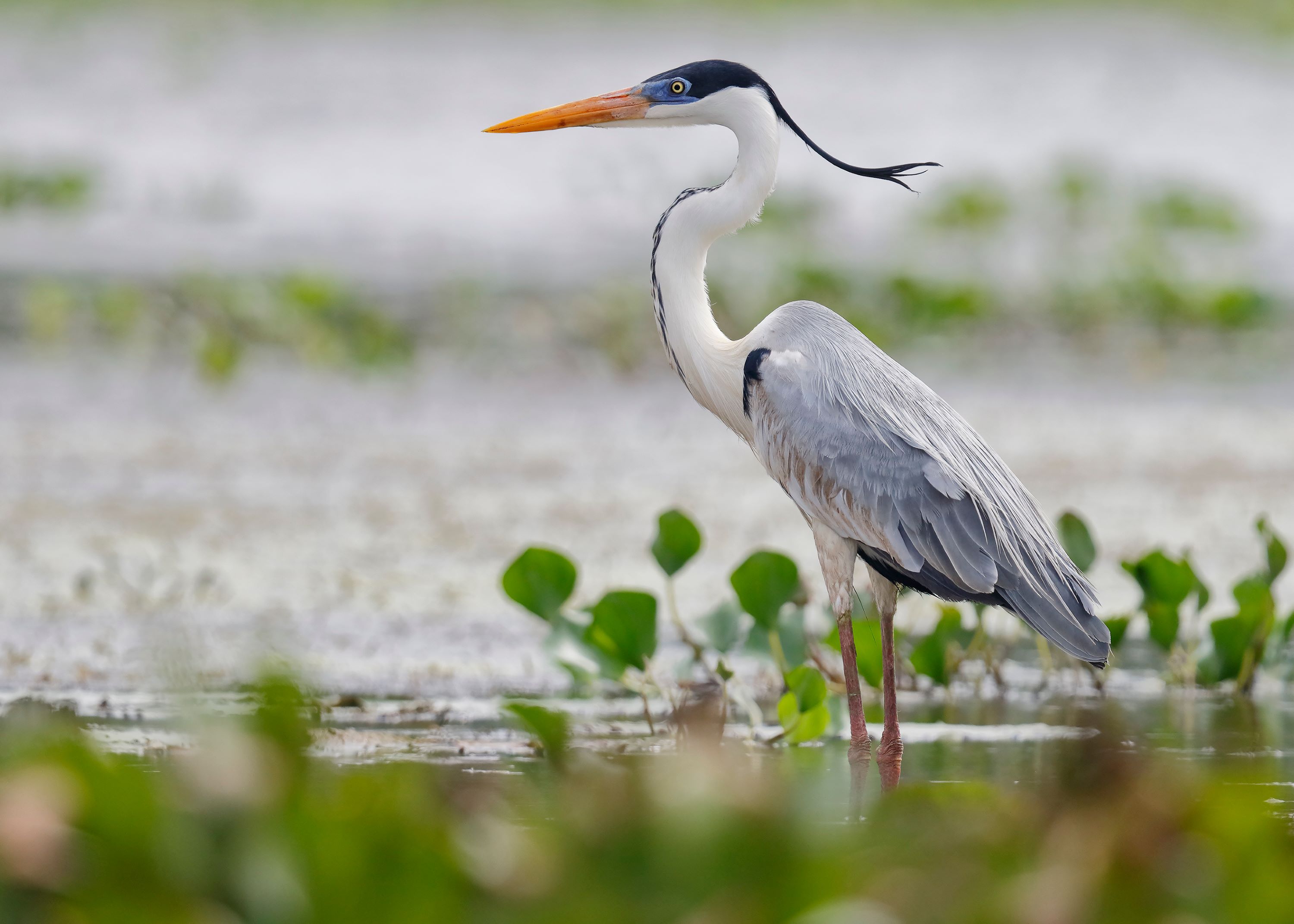
Ardeinae: The Diverse Heron Subfamily
Introduction to the Subfamily Ardeinae
Ardeinae, a subfamily within the family Ardeidae, encompasses a wide array of herons, egrets, and bitterns. This group of birds is known for its diversity in size, habitat, and behavior, playing a crucial role in various ecosystems around the world.
Physical Characteristics
Members of the Ardeinae subfamily vary significantly in size and appearance, ranging from the large and majestic Great Blue Heron to the small and cryptic bitterns. Despite this diversity, most share common traits such as long legs, necks, and pointed bills, which are adaptations for their wading and fishing lifestyles.
Habitat and Distribution
Ardeinae birds are found worldwide, inhabiting a range of wetland environments. These include freshwater and saltwater marshes, rivers, lakes, and estuaries. Their presence in these habitats is vital for the ecological balance, often indicating the health of these ecosystems.
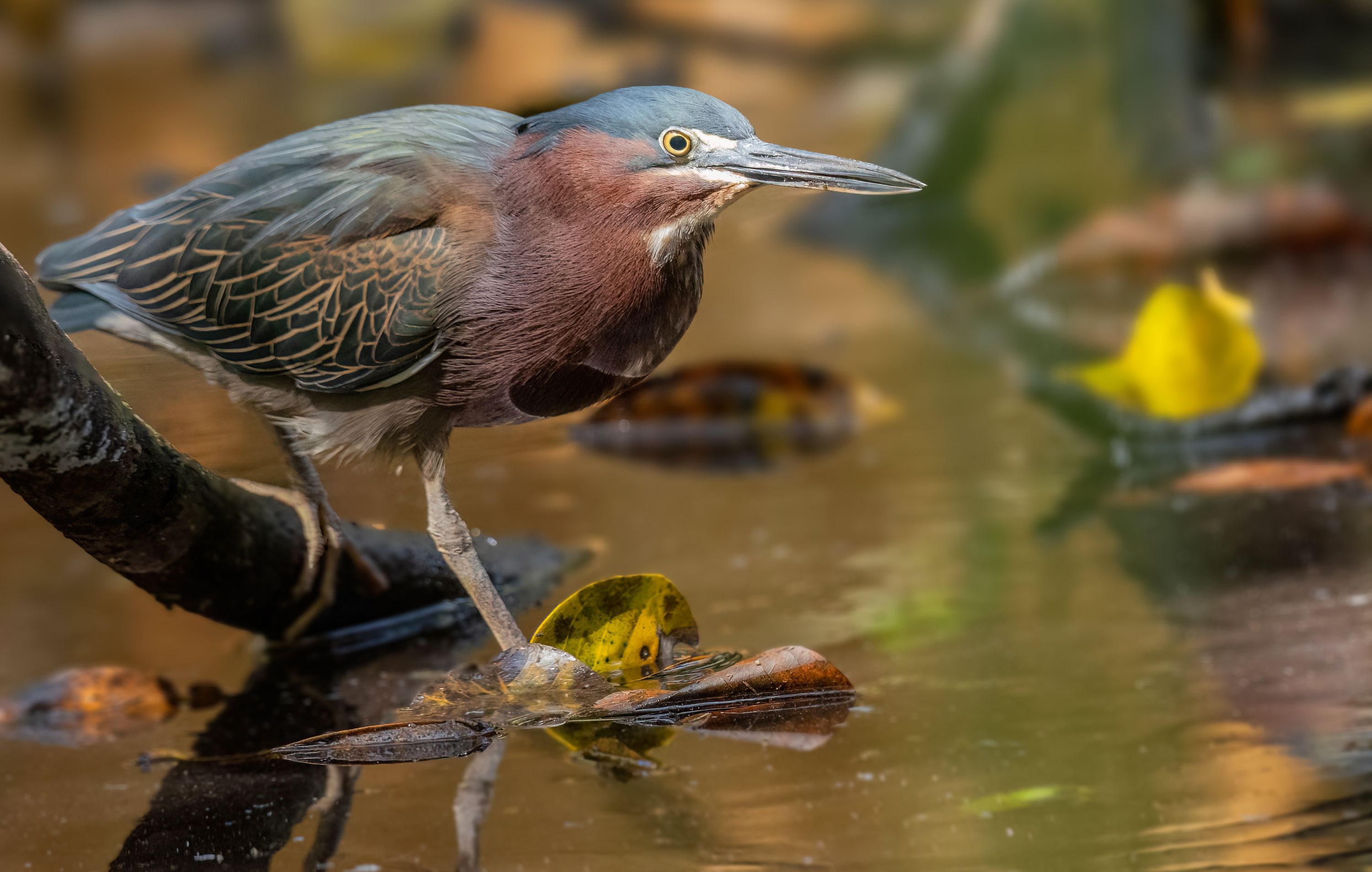
Behavior and Lifestyle
Herons, egrets, and bitterns have varied lifestyles. Some species are solitary, while others breed and feed in groups. Most are excellent hunters, using their sharp bills to catch fish, amphibians, insects, and other small animals.
Feeding Habits
The diet of Ardeinae members primarily consists of aquatic prey. They are skilled hunters, often seen standing motionless in water, waiting to strike quickly at passing fish or other aquatic animals.
Breeding and Nesting Habits
Most herons and egrets in this subfamily breed in colonies, known as heronries, which can range from a few pairs to thousands of birds. They build nests from sticks and reeds in trees, bushes, or on the ground near water.
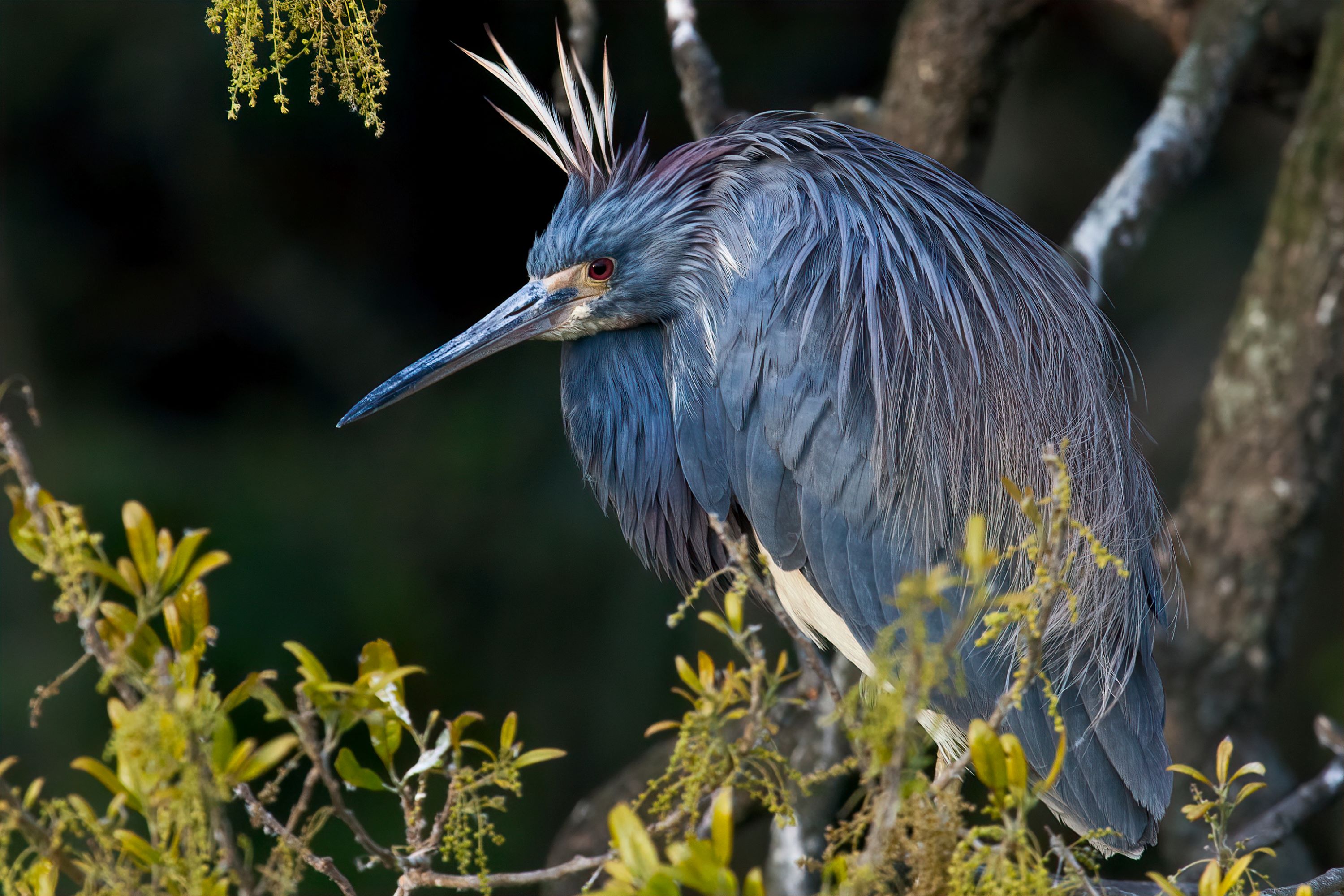
Egg Laying and Incubation
Egg-laying and incubation periods vary among species. Generally, females lay 2 to 7 eggs, with both parents sharing incubation duties. The eggs hatch after about 3 to 4 weeks, depending on the species.
Chick Rearing and Parental Care
Chicks are typically altricial, meaning they are born relatively undeveloped and require considerable parental care. Parents feed the chicks regurgitated food until they are ready to fledge.
Vocalizations and Communication
While some Ardeinae species are relatively quiet, others are quite vocal, especially during the breeding season. Their calls can range from deep croaks to high-pitched squeals, used for communication within colonies and during mating rituals.
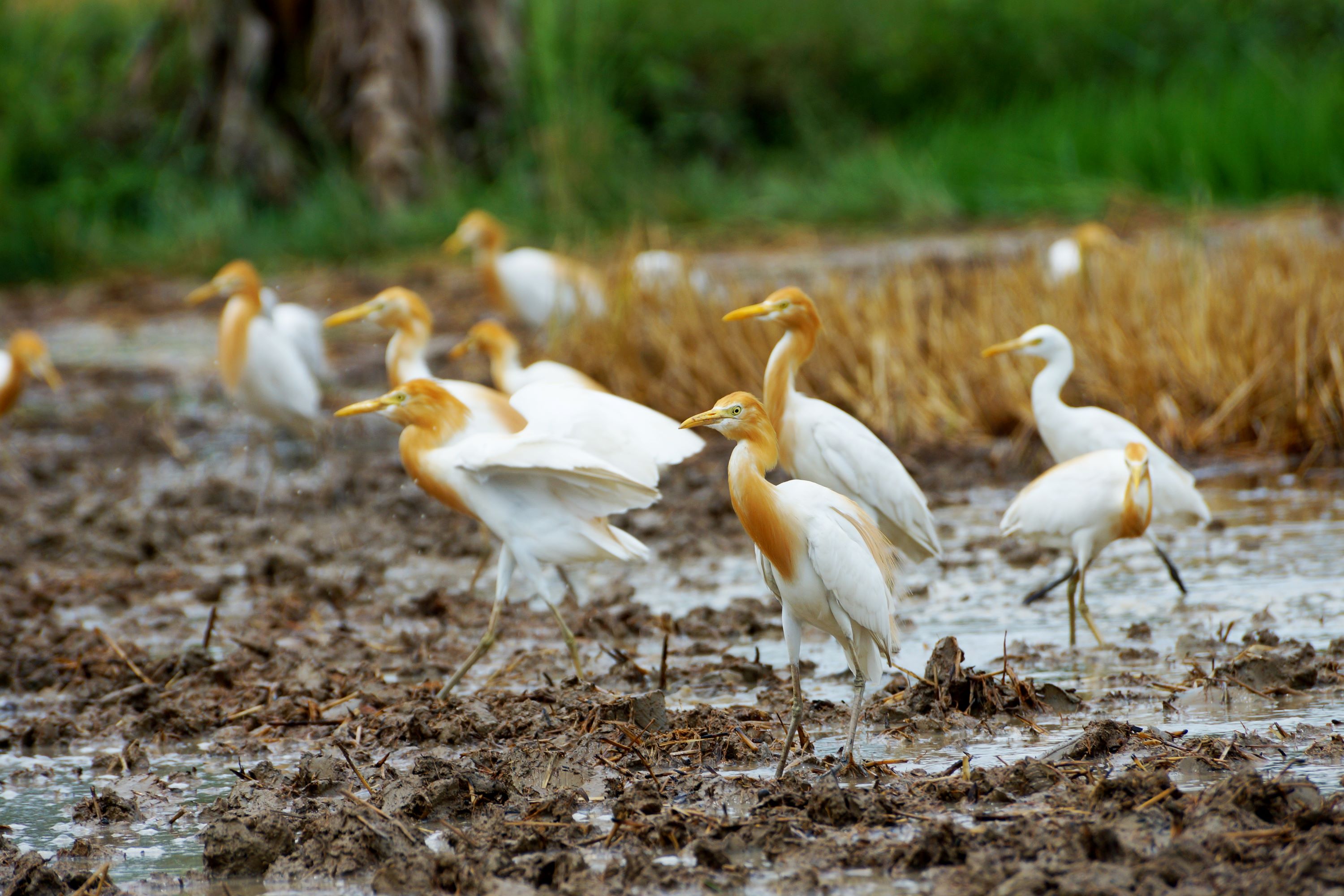
Conservation Status
The conservation status of Ardeinae species varies. While many are common with stable populations, others are endangered or threatened due to habitat loss, pollution, and climate change.
Similar Species and Taxonomy
Ardeinae is part of the order Pelecaniformes. Within the subfamily, species are divided into various genera, such as Ardea (herons), Egretta (egrets), and Botaurus (bitterns). Each genus has distinct characteristics, but all share the common heron lineage.
Ardeinae in Utah
In Utah, several Ardeinae species can be found, including the Great Blue Heron and the Snowy Egret. These birds are primarily seen in the state's wetlands, rivers, and lakes, where they play a vital role in the local ecosystem.
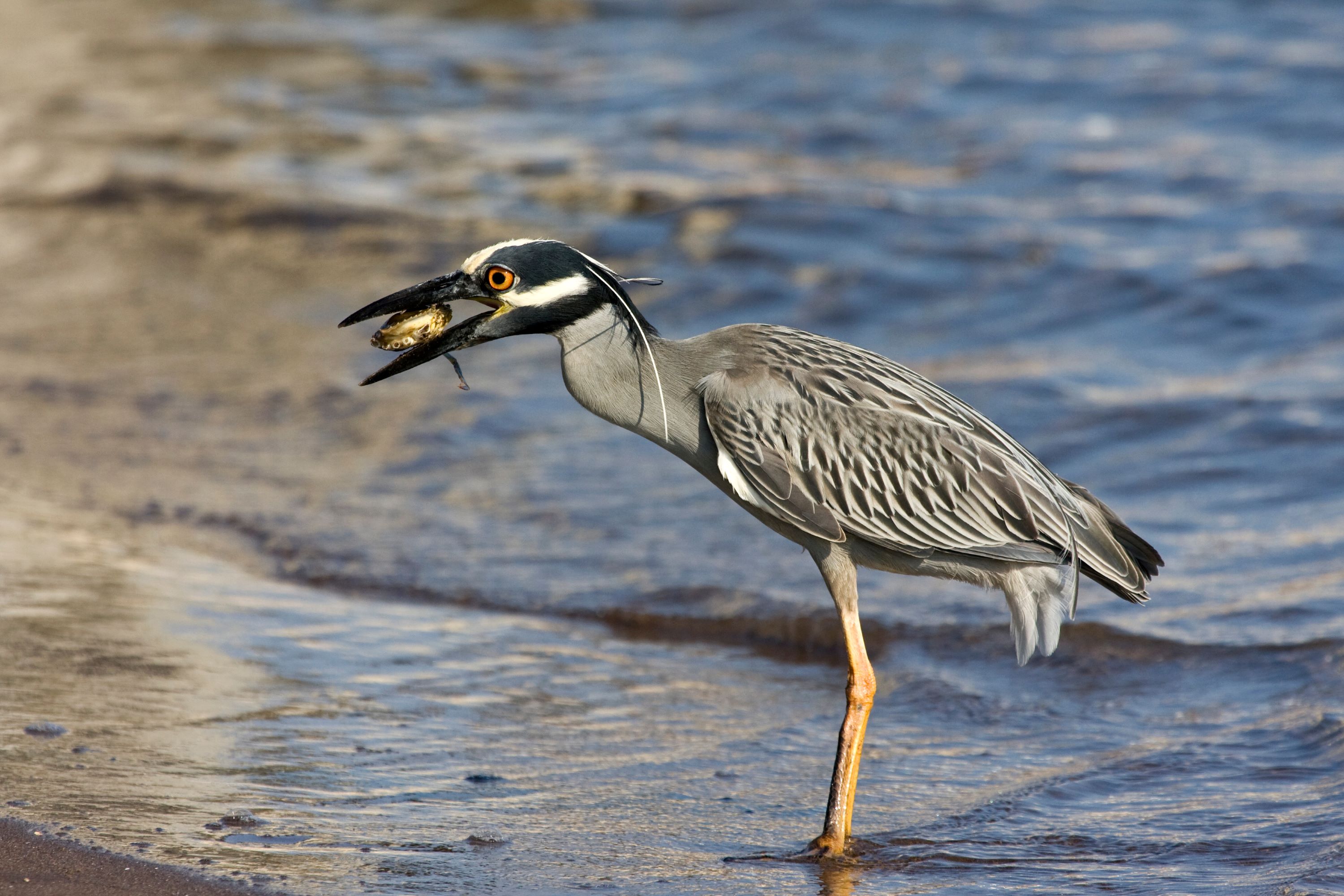
Conclusion
The Ardeinae subfamily represents a significant and diverse group within the bird world. Their presence in wetlands and waterways across the globe is not only a testament to their adaptability but also an indicator of the health of these vital ecosystems. Protecting and conserving the natural habitats of these birds is crucial for maintaining biodiversity and ecological balance.
Genus in the Subfamily Ardeinae:
- Agami - The Agami Heron
- Ardea - The Typical Herons
- Ardeola - The Pond Herons
- Bubulcus - The Cattle Egret
- Butorides - The Green-backed Herons
- Egretta - The Typical Egrets
- Gorsachius - The Asian and African Night Herons
- Nyctanassa - The American Night Herons
- Nycticorax - The Typical Night Herons
- Pilherodius - The Capped Heron
- Syrigma - The Whistling Heron